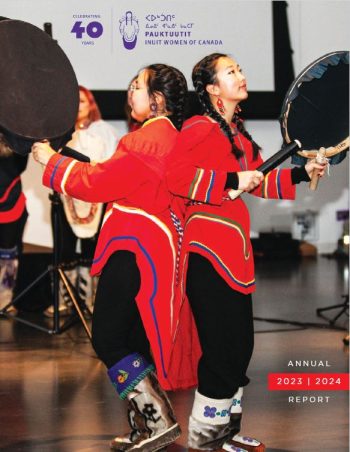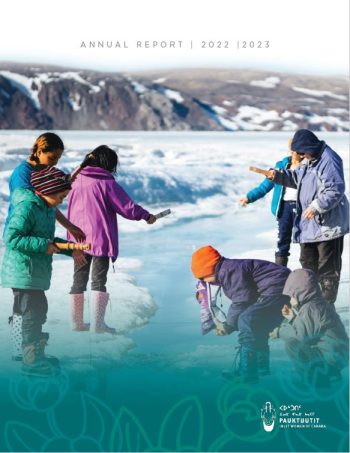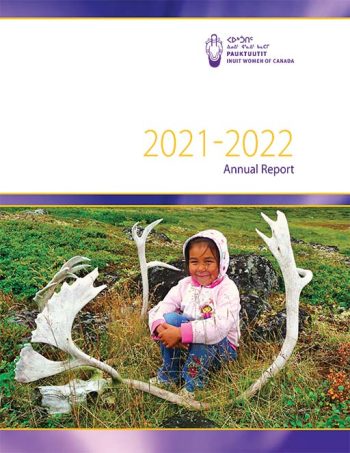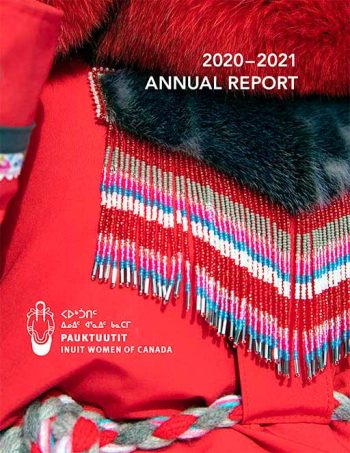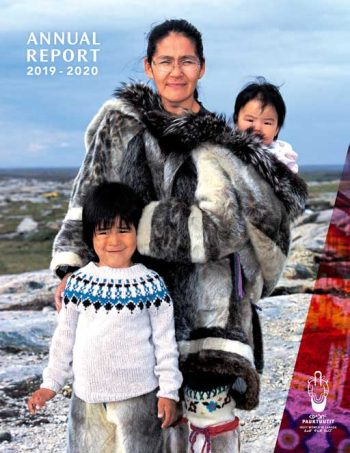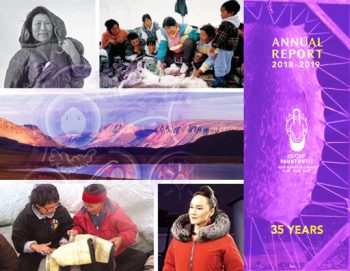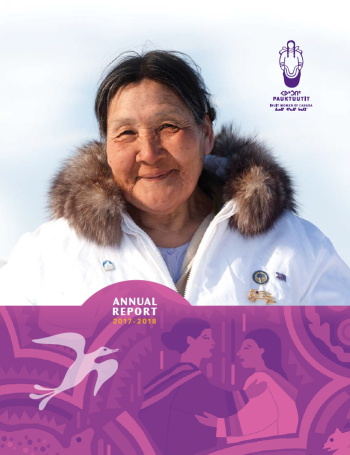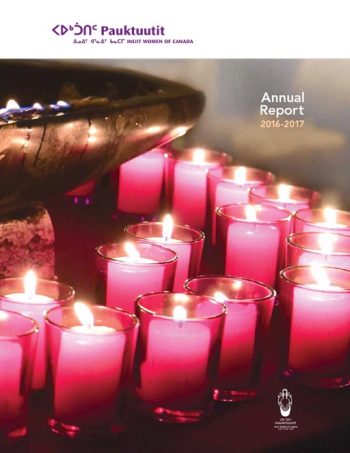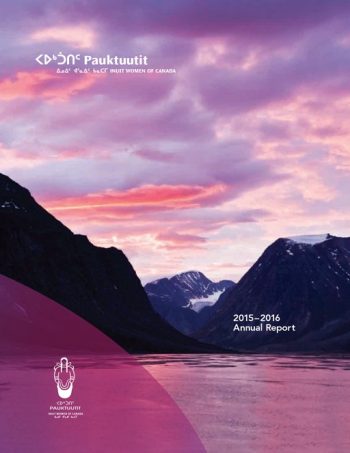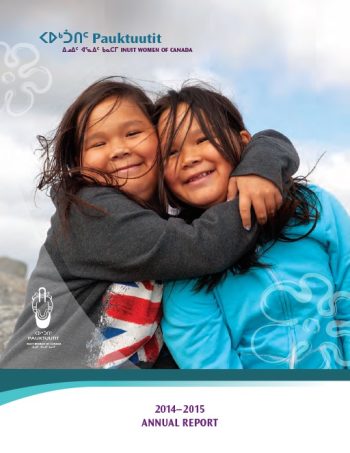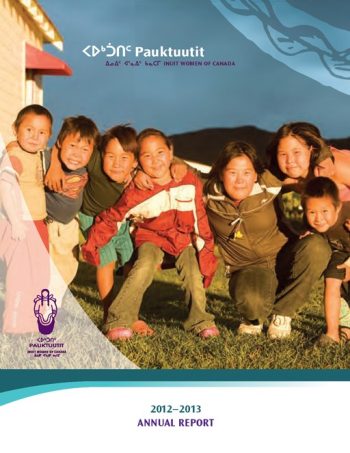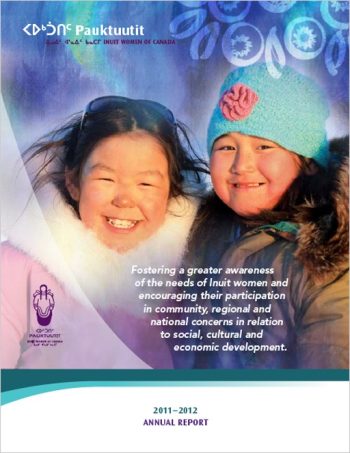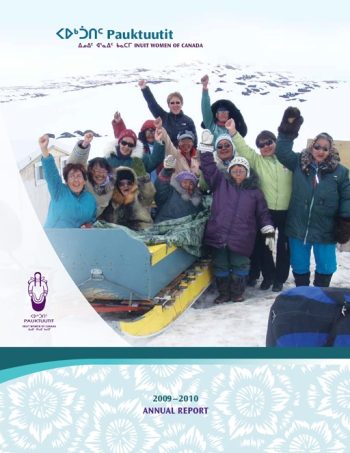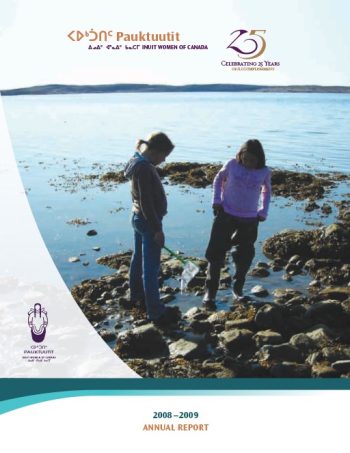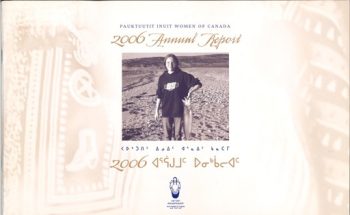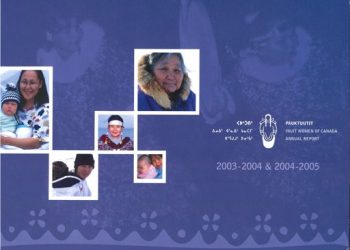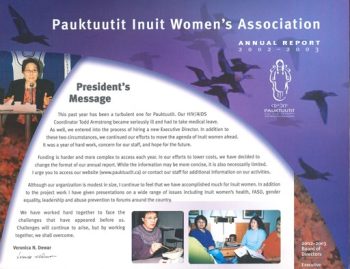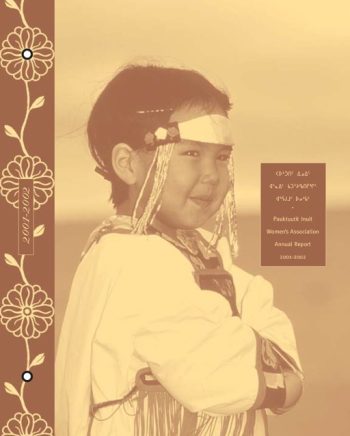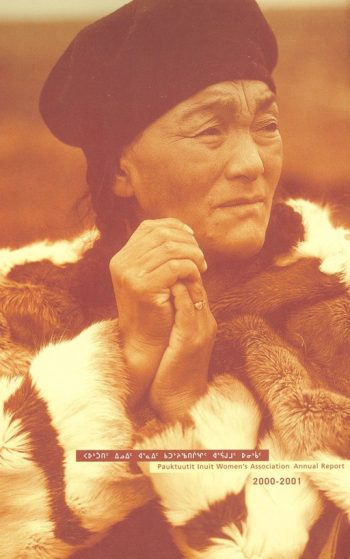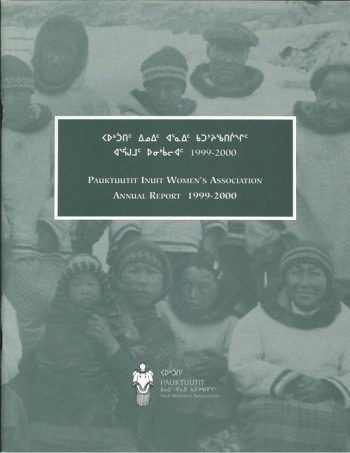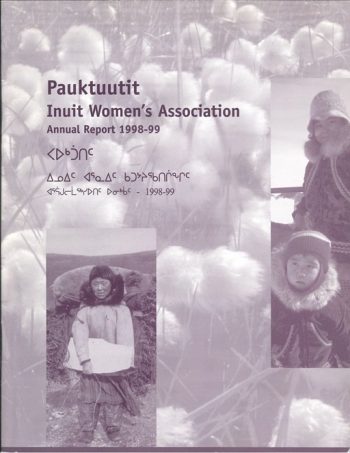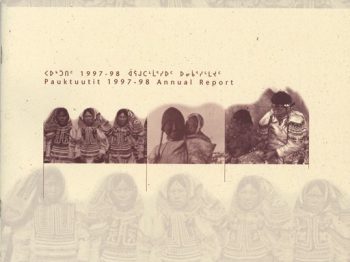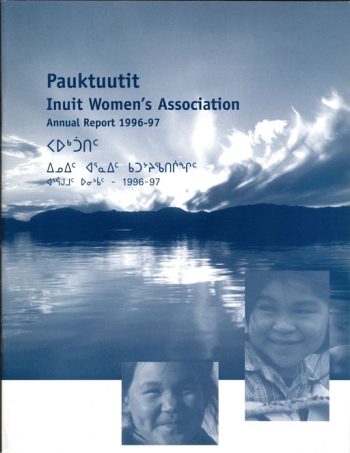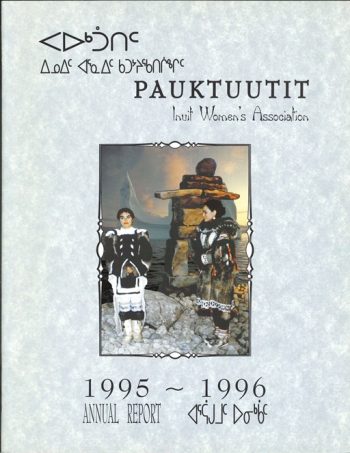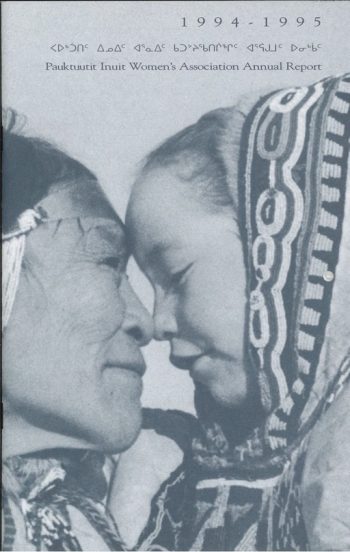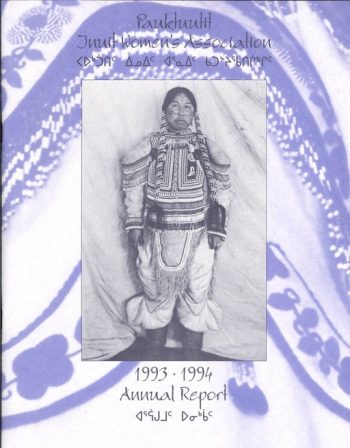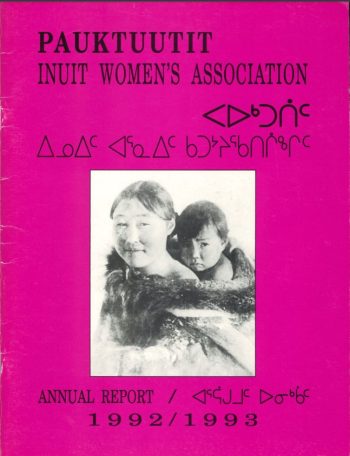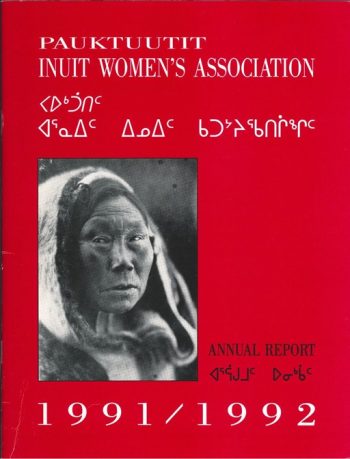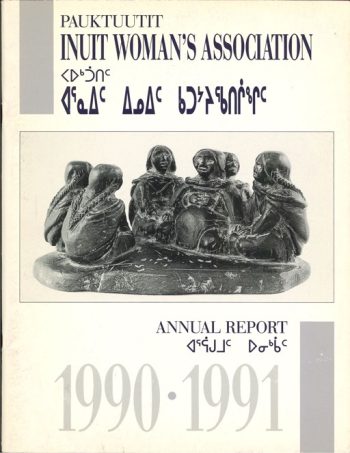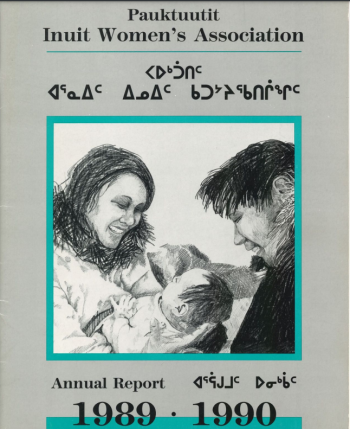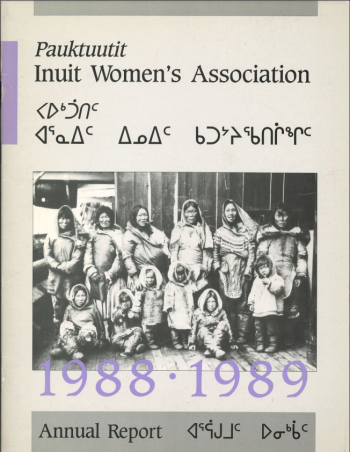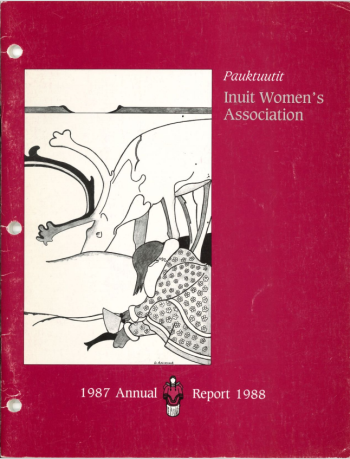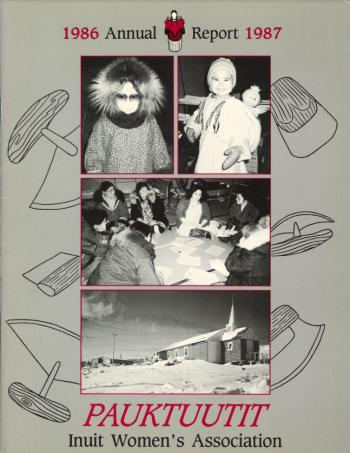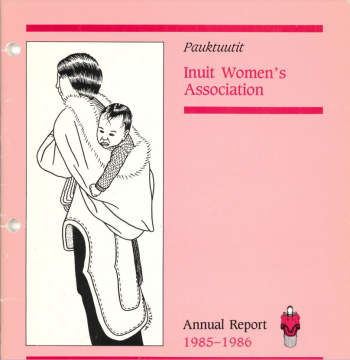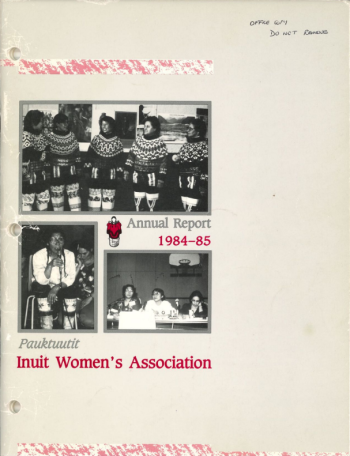Publications

Inuusinni Aqqusaaqtara – My Journey Book #2
My Journey has easy-to-read cancer information in English and regional dialects of Inuktitut for people with cancer, their caregivers and healthcare professionals. It gives information to people recently diagnosed with cancer to support them through their cancer journey. It is written especially for Inuit to understand cancer better and to make informed decisions. It will also help Inuit and healthcare professionals communicate with each other. The goal is to support Inuit people with cancer and improve their quality of life.
https://pauktuutit.ca/wp-content/uploads/MyJourney_Book2_ENG-Dec7_FINAL.pdf
Year Published 2017
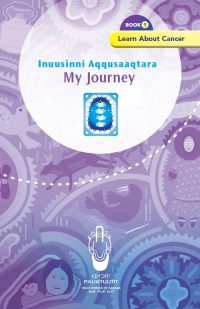
Inuusinni Aqqusaaqtara – My Journey Book #1
My Journey has easy-to-read cancer information in English and regional dialects of Inuktitut for people with cancer, their caregivers and healthcare professionals. It gives information to people recently diagnosed with cancer to support them through their cancer journey. It is written especially for Inuit to understand cancer better and to make informed decisions. It will also help Inuit and healthcare professionals communicate with each other. The goal is to support Inuit people with cancer and improve their quality of life.
https://pauktuutit.ca/wp-content/uploads/MyJourney_Book1_E_OCT2018_FINAL_Revised.pdf
Year Published 2017
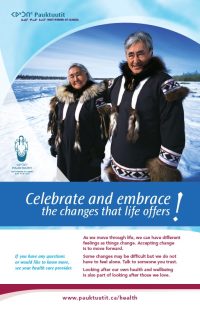
Celebrate life, embrace the changes Poster
Pauktuutit’s sexual health program began in the late 1980’s when news of the first Inuk woman diagnosed with HIV became public. Pauktuutit first passed a resolution during its 1984 Annual General Meetings (AGM) calling attention to Inuit sexual health issues and to the need for information and educational materials on sexual health that met the needs of Inuit communities. Later, in 1990, an AGM resolution called for an AIDS workshop in the North. In May 1995, Pauktuutit conducted the first National Inuit HIV/AIDS and Sexually Transmitted Infections Workshop, which served to raise awareness among Community Health Representatives (CHRs) about the issues and risk behaviours associated with HIV/AIDS and STIs. In 1998, with financial support from Health Canada, Pauktuutit began a pan-Arctic HIV/AIDS health prevention and promotion program that produced and distributed HIV/AIDS-related materials in English and Inuktitut. Pauktuutit remains the only national organization focusing on specific Inuit HIV/AIDS issues and initiatives, and has gained national and international recognition and acclaim for its innovative and unique work.
https://pauktuutit.ca/wp-content/uploads/Pauktuutit-Posters_Celebrate_English_WEB.pdf
Year Published 2016

Women, Aging and Sexual Health Poster
Pauktuutit’s sexual health program began in the late 1980’s when news of the first Inuk woman diagnosed with HIV became public. Pauktuutit first passed a resolution during its 1984 Annual General Meetings (AGM) calling attention to Inuit sexual health issues and to the need for information and educational materials on sexual health that met the needs of Inuit communities. Later, in 1990, an AGM resolution called for an AIDS workshop in the North. In May 1995, Pauktuutit conducted the first National Inuit HIV/AIDS and Sexually Transmitted Infections Workshop, which served to raise awareness among Community Health Representatives (CHRs) about the issues and risk behaviours associated with HIV/AIDS and STIs. In 1998, with financial support from Health Canada, Pauktuutit began a pan-Arctic HIV/AIDS health prevention and promotion program that produced and distributed HIV/AIDS-related materials in English and Inuktitut. Pauktuutit remains the only national organization focusing on specific Inuit HIV/AIDS issues and initiatives, and has gained national and international recognition and acclaim for its innovative and unique work.
https://pauktuutit.ca/wp-content/uploads/Pauktuutit-Posters_WomenAging_English_WEB.pdf
Year Published 2016
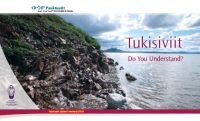
Tukisiviit: Do You Understand? (Revised Dialect)
Tukisiviit: Do You Understand? is intended to provide Inuit patients and caregivers, as well as health care professionals, plain language information in English and five major dialects of Inuktitut.
https://pauktuutit.ca/wp-content/uploads/Pauktuutit_Tukisiviit_August17_2016.pdf
Year Published 2016
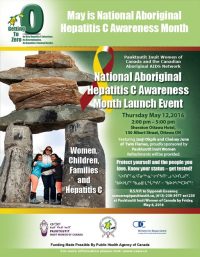
2016 Campaign Poster: Launch Event
Each year Pauktuutit participates in National Aboriginal Hepatitis C Awareness Month, which runs for the month of May. Pauktuutit works with partners and communities to hold Inuit-specific hepatitis C awareness activities in the regions and communities during the month.
https://pauktuutit.ca/wp-content/uploads/2016_HEPC_Poster_LaunchEvent.pdf
Year Published 2016
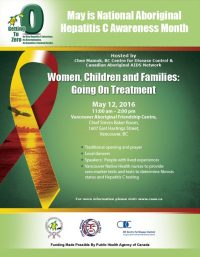
2016 Campaign Poster: Women, Children and Families – Going on Treatment
Each year Pauktuutit participates in National Aboriginal Hepatitis C Awareness Month, which runs for the month of May. Pauktuutit works with partners and communities to hold Inuit-specific hepatitis C awareness activities in the regions and communities during the month.
https://pauktuutit.ca/wp-content/uploads/2016_HEPC_Poster_WomenChildrenFamilies.pdf
Year Published 2016
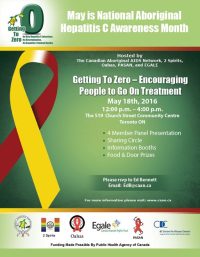
2016 Campaign Poster: Getting to Zero
Each year Pauktuutit participates in National Aboriginal Hepatitis C Awareness Month, which runs for the month of May. Pauktuutit works with partners and communities to hold Inuit-specific hepatitis C awareness activities in the regions and communities during the month.
https://pauktuutit.ca/wp-content/uploads/2016_HEPC_Poster_GettingtoZero.pdf
Year Published 2016
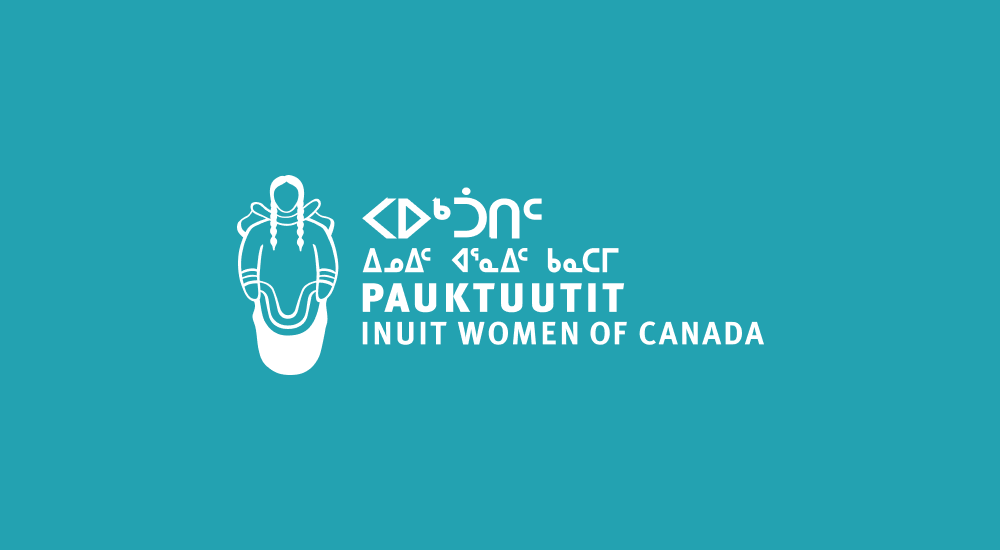
2016 Campaign Poster: What Do We Really Know?
Each year Pauktuutit participates in National Aboriginal Hepatitis C Awareness Month, which runs for the month of May. Pauktuutit works with partners and communities to hold Inuit-specific hepatitis C awareness activities in the regions and communities during the month.
https://pauktuutit.ca/wp-content/uploads/2016_HEPC_Poster_AwarenessDay.pdf
Year Published 2016
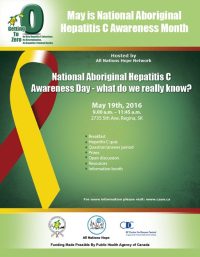
I feel fine, why should I get tested? Poster
Did you know that you can have hepatitis C for many years and not know it? Many people don’t! Hepatitis C is spread through infected blood to blood contact, for example by sharing a toothbrush or a razor with someone who has it. Finding out if you have it or not is as simple as a quick blood test. If you don’t have hepatitis C there are simple things you can do to protect yourself. If you do, there are many treatments available. In many cases it can be cured.
https://pauktuutit.ca/wp-content/uploads/Pauktuutit-Posters_FeelFineHepC_English_WEB.pdf
Year Published 2016
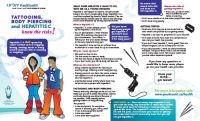
Tattooing and Piercing Brochure
Tattoos and body piercings can be so cool, but make sure you do it safely. Many times, tattoos and body piercings are done in the spur of the moment. Think carefully before getting a tattoo or body piercing.
https://pauktuutit.ca/wp-content/uploads/Brochure_Legal_English_WEB.pdf”
Year Published 2016

The Impact of Resource Extraction on Inuit Women and Families in Qamani’tuaq, Nunavut Territory – A Quantitative Assessment
This research report is the second of two documents dealing with the social impacts of mining activity near Qamani’tuaq (Baker Lake) on Inuit women and families in the community. The first report (March 2014) was based on interviews and qualitative data. This report deals with results of a questionnaire, with content developed in 2013 by Inuit women of Qamani’tuaq in the course of a week-long workshop.
The questionnaire was completed by 62 women, aged 19 years and older. The data deals with their experience, perceptions and feelings. While social impact research typically focuses on statistical indicators (rates at which services are engaged, facilities used, employment rates, training received, health statistics, etc.), there are considerable shortcomings to this approach. The quality of life experience is important. Regardless of what indicators may reveal, how women perceive and feel about their experiences are essential to appreciating impacts.
https://pauktuutit.ca/wp-content/uploads/Quantitative-Report-Final.pdf
Year Published 2016
